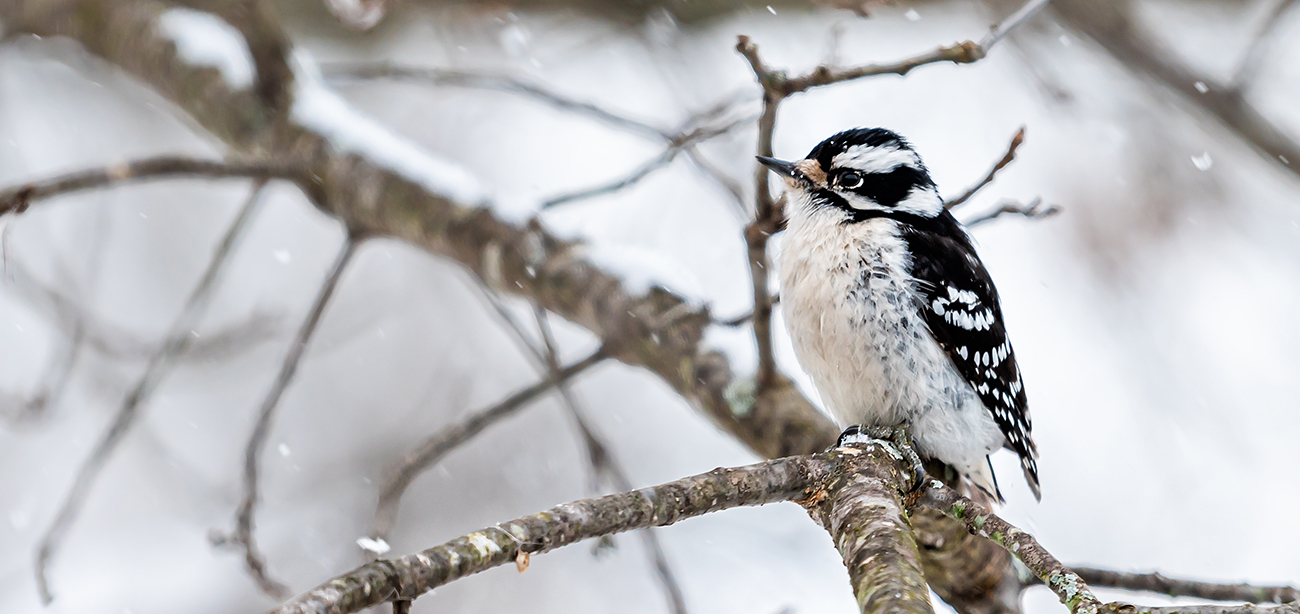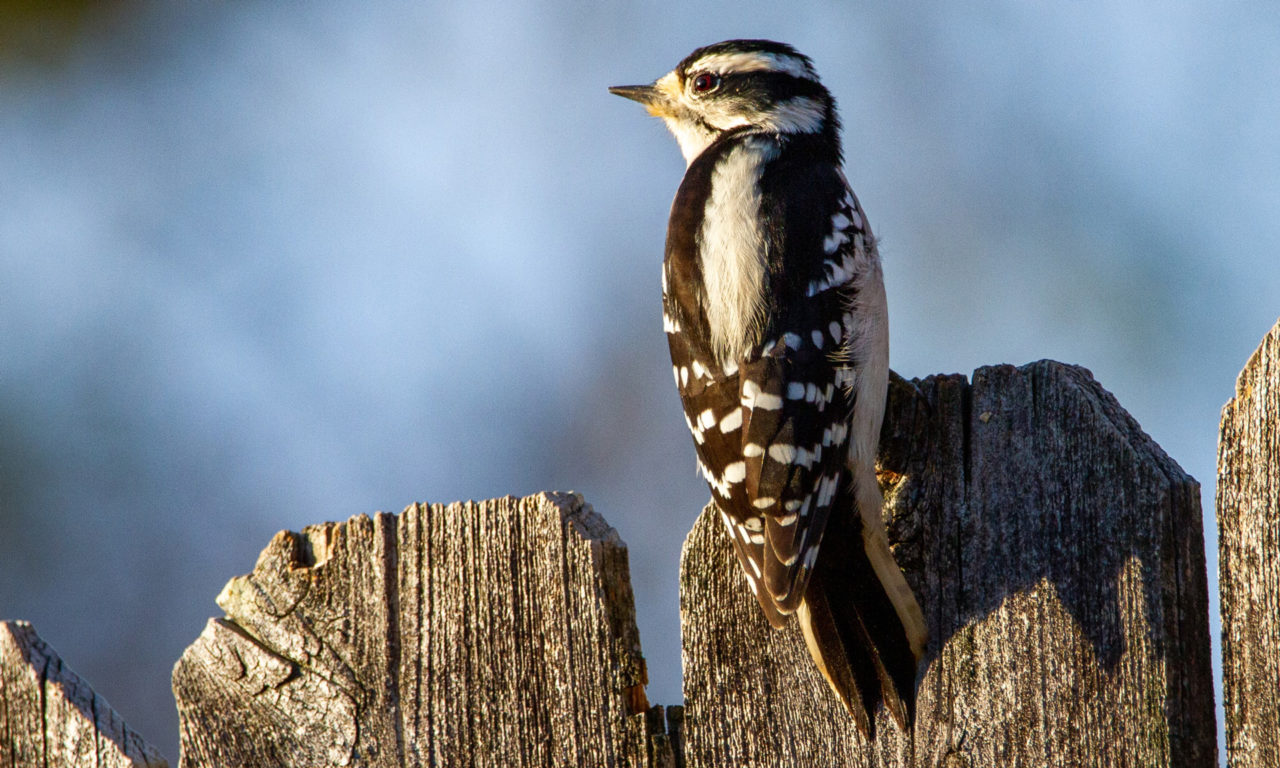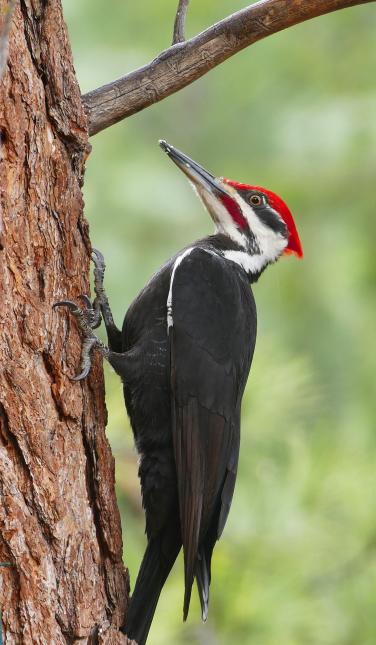Woodpeckers Unleashed: Checking Out the Wonders of These Competent Tree Climbers
Woodpeckers, with their distinctive markings and balanced drumming resembling through wooded locations, hold an unique location in the bird globe. Their specialized makeup and adjustments allow them to browse upright surfaces with unparalleled skill. Nonetheless, their proficiency of tree climbing is simply one facet of their fascinating behavior. As we explore the complex information of woodpeckers' nesting routines, feeding strategies, and the ongoing conservation initiatives to protect these amazing birds, a deeper admiration for their location in nature unravels.
Makeup and Adaptations
When examining the anatomy and adaptations of woodpeckers, one can observe impressive features that make it possible for these birds to grow in their specialized eco-friendly particular niche. Additionally, woodpeckers have zygodactyl feet, with two toes encountering forward and two encountering backward, providing a company hold on tree trunks while they look for food or drum for interaction.
Furthermore, woodpeckers have an unique tongue framework that is long, barbed, and sticky, enabling them to remove bugs from holes in timber. This specific adjustment permits woodpeckers to exploit a food source that is hard to reach to numerous other bird types. In general, the makeup and adjustments of woodpeckers showcase the remarkable evolutionary remedies that have enabled these birds to flourish in their arboreal environment.
Drumming Behavior
Having explored the makeup and adjustments of woodpeckers, the focus now moves to recognizing their drumming habits, a distinctive facet of their communication and territorial displays. Drumming is a crucial form of interaction amongst woodpeckers, serving multiple purposes such as developing territories, attracting friends, and signaling alarm system. Each woodpecker varieties has a distinct drumming pattern that assists people identify participants of their very own species and distinguish them from competitors or predators.
Woodpeckers produce drumming audios by swiftly pecking on resonant surfaces such as dead trees, utility posts, or perhaps steel objects, developing a series of balanced beats. The strength and speed of drumming can differ based on the objective; as an example, a rapid drumming sequence may signify aggressiveness in the direction of burglars, while a slower and softer drumming pattern might suggest courtship (Woodpeckers in Florida). Additionally, woodpeckers may change the frequency and period of their drumming to convey details messages successfully
Nesting Routines
Exploring the nesting routines of woodpeckers discloses interesting insights into their reproductive behaviors and environment options. Woodpeckers are understood for their distinct nesting preferences, usually digging deep into cavities in trees to create sheltered rooms for raising their young. These dental caries serve not only as a nesting site but likewise as a protected refuge useful site from predators and inclement climate.
Woodpeckers exhibit a high degree of integrity to their nesting websites, typically returning to the same place time after time. This behavior highlights the significance of appropriate environment accessibility for their reproductive success. The selection of a nesting website is crucial for woodpeckers, with factors such as tree types, elevation, and degeneration phase playing substantial roles in their decision-making procedure.
Interestingly, some woodpecker varieties are recognized to excavate numerous cavities within their territory, giving themselves with different nesting choices. This technique may serve as a kind More hints of insurance coverage versus possible risks or disruptions to their main nesting site.

Feeding Techniques
One of the most distinctive feeding habits of woodpeckers is drumming, which includes rapid pecking on trees to uncover pests under the bark. Woodpeckers are likewise understood to excavate cavities in trees to accessibility concealed insect larvae or sap. Some types, like the acorn woodpecker, store nuts in particularly developed holes called granaries.
Conservation Initiatives
In the middle of the elaborate feeding techniques showed by woodpeckers, the preservation efforts intended at securing these interesting birds play a vital function in preserving their environments and populations. Woodpeckers encounter different risks to their survival, consisting of environment loss due to logging, climate adjustment altering their ecosystems, and crashes with manufactured structures such as structures and vehicles - Woodpeckers in Florida. Preservationists are actively functioning to deal with these obstacles and make sure the long-term health of woodpecker types

Education and public recognition projects are also essential elements of woodpecker conservation initiatives. By increasing awareness regarding the significance of these birds in keeping healthy forest ecological communities, guardians can garner assistance for habitat preservation initiatives and advertise responsible land monitoring techniques. Through joint efforts in between researchers, policymakers, and regional communities, we can function with each other to safeguard a future where woodpeckers flourish in their all-natural habitats.
Verdict
